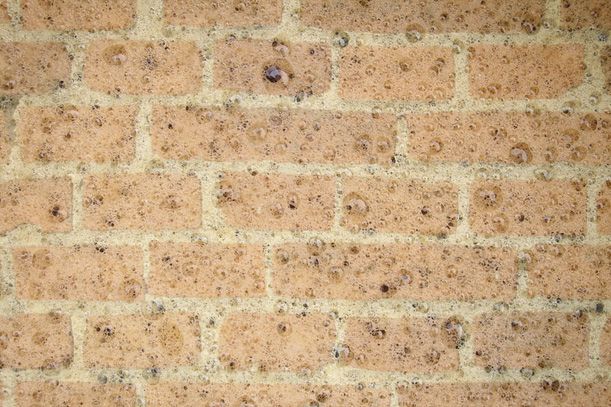Building Better Bricks by Brewing Beer
When form follows fermentation
/https://tf-cmsv2-smithsonianmag-media.s3.amazonaws.com/filer/5d/b2/5db21033-8031-4fe2-8f66-610f0c57d03f/beerbricks1.jpg)
While for most of us, the side-effects of beer consumption include might include late night pizza, questionable decisions, and painful hangovers, researchers at the Polytechnic Institute of Tomar in Portugal have found a way to turn binge drinking into binge building by making better bricks - or, rather, by brewing better bricks. The same grains that are left over after the brewing process, which are often thrown out or used for animal feed, can be used to enhance the heat retention of clay bricks. As New Scientist reports, “the grains make the bricks more porous, and so they trap more air, which increases heat retention.” This isn’t a new discovery. Bricks are often embedded with materials--usually plastic--to enhance their heat retention. However, while the resulting energy-efficient bricks are desirable, the process is not exactly sustainable and energy restrictions, particularly in the European Union, have limited its use. Beer-battered bricks offer a more environmentally friendly method.
This isn’t the first time the remnants of beer brewing have been used in the built environment. For instance, many old breweries have been transformed into apartment buildings and museums. But even more relevant are efforts from one beer maker to actually produce bricks.
Back in 1960, Alfred “Freddy” Heineken, grandson of the beer company’s founder, came up with the idea for a “brick that holds beer.” The rectangular glass bottles were produced in the same unmistakable green hue that distinguishes Heineken bottles in bars around the world. The idea came to Freddy when he was vacationing in Curacao, and he was appalled to see empty Heineken bottles littering a beach. To combat the problem, while also providing construction material for housing in impoverished communities, Freddy worked with an architect to create the the Heineken World Bottle (WOBO). Many versions of the WOBO were designed and tested, and ultimately, a limited run of two different modules, carefully designed to interlock with one another, were made and a prototype house was built. But the WOBO was never put into production because the bottles were deemed inefficient and just plain uncomfortable to carry.
Hopefully such practical considerations won't put an early end to the the beer-made bricks currently in development because I'm certainly looking forward to the day when I can say my hangover is a sign of support for a better stock of building.

/https://tf-cmsv2-smithsonianmag-media.s3.amazonaws.com/accounts/headshot/Jimmy-Stamp-240.jpg)
/https://tf-cmsv2-smithsonianmag-media.s3.amazonaws.com/accounts/headshot/Jimmy-Stamp-240.jpg)